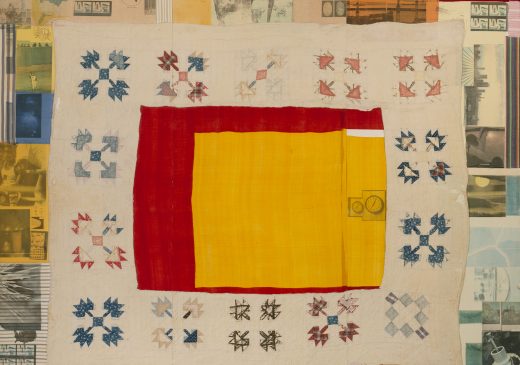Robert Rauschenberg was a synthesizing innovator. As a student at Black Mountain College in western North Carolina, he shared ideas with the iconoclastic composer John Cage and learned from the austere abstract painter and former Bauhaus teacher Josef Albers. A formidably gifted renegade, Rauschenberg bridged the divide between Abstract Expressionism and Pop Art, helping keep the representational tradition viable.
tags: NC art, NC artist, North Carolina
Milton Ernest "Robert" Rauschenberg (October 22, 1925 – May 12, 2008) was an American painter and graphic artist whose early works anticipated the Pop art movement. Rauschenberg is well known for his Combines (1954–1964), a group of artworks which incorporated everyday objects as art materials and which blurred the distinctions between painting and sculpture. Rauschenberg was primarily a painter and a sculptor, but he also worked with photography, printmaking, papermaking and performance.
Rauschenberg received numerous awards during his nearly 60-year artistic career. Among the most prominent were the International Grand Prize in Painting at the 32nd Venice Biennale in 1964 and the National Medal of Arts in 1993.
Rauschenberg lived and worked in New York City and on Captiva Island, Florida, until his death on May 12, 2008.


